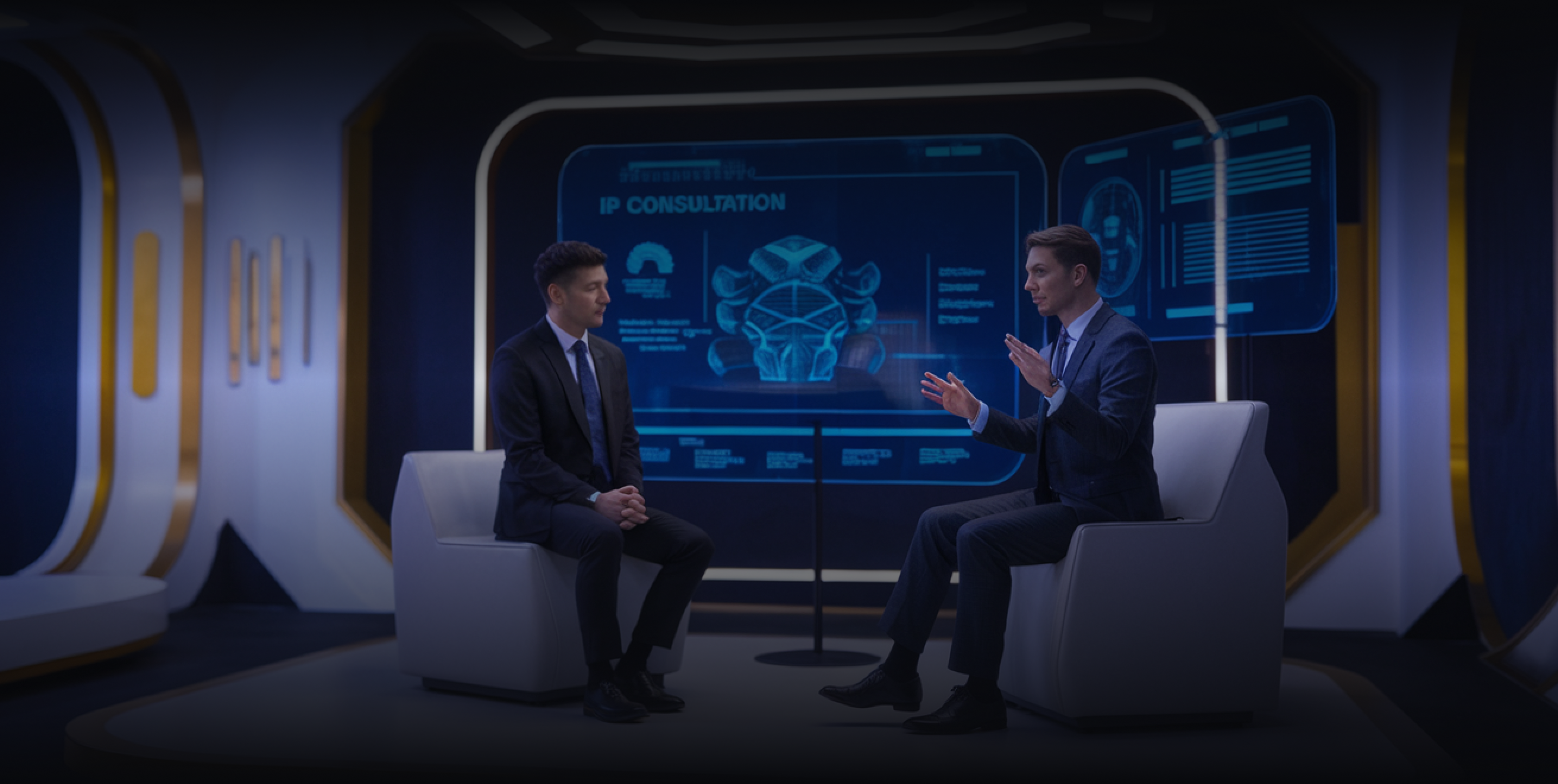Patent Licensing
Table of Content
- Introduction
- Advantages of Patent Licensing
- Types of Patent Licensing
- Steps for Patent Licensing
- Contents of the License May Include

INTRODUCTION
Exploitation of monopoly rights granted under patent protection is common all over the world. It mainly takes place due to –
- Imposition of unreasonable terms or restrictive conditions on the use, sale or lease of the patented product.
- Refusal to grant a license to work locally.
The license is where a patent owner i.e. licensor gives another person, the third party i.e. licensee, the permit to use that invention legally for commercial purposes.
However, the licensee gets permission to use the patent right; the licensor continues to be the owner of that product.
ADVANTAGES OF PATENT LICENSING
- A product may be used in the market effectively for revenue generation
- Less risk associated with the licensee as they are not the title holders but only exploit the rights of the patented product.
- More licensees result in a competitive environment.
- Hand-ready product can be used in the market with no significant extra investment making it a rewarding option for the licensee and the licensor.
TYPES OF PATENT LICENSING
1. Exclusive License: In this case, the title of ownership gets transferred to the licensee only for granting sub-lease. Section 2(f) of the Patents Act, 1970, states that in Exclusive licensing all the rights about the patented product are transferred to the licensee against any third person. It also gives the licensee the right to exclude all other people, including the patent holder from the patented invention. The patentor remains the title holder but the ownership got transferred to the licensee.
For Example, a pharmaceutical company is given exclusive rights to manufacture and market a drug in exchange for royalties, while the original patent holder retains the title.
2. Non-exclusive License: In this case, there are multiple licensees, all having equal rights to maintain and control and market the patented products. The patentee remains the title holder but the licensees can use and exercise their rights over the patented product.
For Example, multiple companies are licensed to produce and sell a patented battery technology, competing in the same market.
3. Sub-Licenses: Under this case, the licensee has the right to sublease the rights to a third party. The reason sub-licenses take place is to expand the product market. Depending upon the agreement, the licensee can grant the patent’s right to ‘n’ number of persons.
For an instance, a licensee of a patented solar panel technology grants sub-licenses to local manufacturers to expand production in different regions.
4. Cross-Licensing: There can be an exchange of licenses between different organizations.
For example, two tech companies exchange licenses for their patented technologies, such as one sharing its AI Algorithm and the other sharing its hardware design.
5. Compulsory Licenses: In this case, the government has the right to allow someone to use the patent right. It is mainly for the manufacturing or export of pharmaceutical products to any country facing a public health problem. The following grounds are considered before granting these types of licensing:
- Accessibility
- Affordability
- No domestic functionality.
For Example, a government permits a generic drug company to manufacture a patented COVID-19 vaccine to address a public health emergency.
6. Carrot License: It is simply a market tactic in which the present licensee does not have the capability of optimum utilization of patent invention. Such licensee does not have the right to take the license any further. The licensee cannot explain the patent materially and does not have the right to sell or manufacture the product but only to take inspiration from the product.
For Example, a small firm is given a license to research on a patented invention but lacks the rights to manufacture or sell products based on it.
7. Stick License: In this case, the third party uses the patented invention without taking the license, hence, resulting in patent infringement. It is suggested to apply for the license to continue with the use of the patented product.
For an instance, a company using a patented technology without permission faces infringement claims and is compelled to obtain a proper license to continue use.
STEPS FOR PATENT LICENSING
STEP 1: Identifying the patented product and its commercial use along with its obligation, i.e. a detailed study of the patented product.
STEP 2: Identify the companies and have a detailed study of the companies. Before licensing the patent, it is better to know the objectives of the company, its history, terms and conditions of the license agreement etc.
STEP 3: Valuation of patented product.
STEP 4: The cost charged for such a license and whether the licensee can afford it or not.
STEP 5: Choosing the type of patent license.
STEP 6: Applying as per the type of patent license.
CONTENTS OF THE LICENSE MAY INCLUDE:
1. Background- parties and its intention
2. Definition
3. License Grants
4. Dates
5. License issue fees, its payment and types of transaction.
6. Warranties
7. Technical help
8. Terms on Termination
9. Any type of infringement clause
10. Arbitration and bankruptcy clauses
11. Right to sub-license
12. Transferability clauses
13.Rights and obligations of parties

Head Office
A/803, Premium House, Ashram Road,
NR. Gandhi Gram Metro Station,
Ahmedabad-380009, Gujarat, INDIA.
Delhi Office
A92C, 3rd Floor, Building No.3,
Nambardar Estate, Taimoor Nagar.
New Friends Colony,New Delhi 10065
Mumbai Office
Ground Floor, 10 – 7/24, Adarsh Nagar,
R. A. K. Road, Wadala (w),
Mumbai – 400031
© 2025 M&P IP Protectors. All Rights Reserved.
Developed by Linearloop